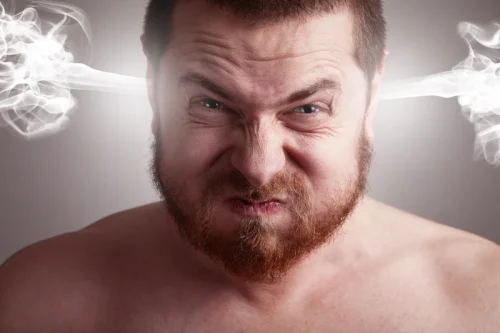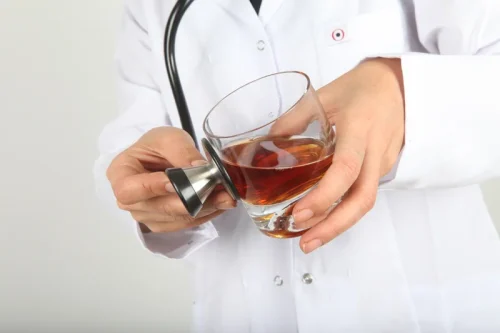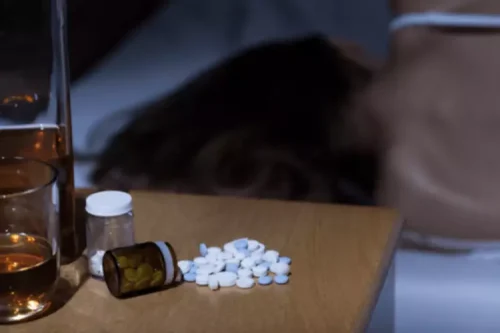
These individuals often resort to binge drinking and do not drink as frequently as individuals in the other groups/clusters. The individuals from this cluster who did seek treatment generally preferred 12-Step groups to therapy or other private forms of treatment. Not all alcoholics know they suffer from a substance abuse problem because denial is a regular and expected aspect of alcoholism. As exceptions, functional and young antisocial alcoholics are more likely to be aware of their drinking problem. NIAAA reports on a national survey that found that 60 percent of college students between the ages of 18 and 22 drank alcohol in the past month, and nearly two out of every three of these students binge drank during that month.
What Treatment Options Are Available for Alcoholism?
This group drinks more frequently than any other, although their total alcohol intake is less than the young antisocial subtype. Two-thirds of this subtype have sought help for their alcoholism at some point, making them by far the most likely to have done so. They often seek help at self-help groups, rehabilitation programs, and detox programs. They have the highest rate of seeking treatment at an inpatient program and also seek out help from private physicians, psychiatrists, and social workers at high rates.

Confidant Health: Customized Virtual Treatment for AUD
AUD often involves binge drinking and heavy drinking, although this is not always the case. Drinking more than moderate amounts of alcohol can increase the chances of dependence or addiction. If you or a loved one suffers from alcohol use disorder (AUD), you must seek addiction treatment. These individuals may respond very well to treatment programs that include a significant psychoeducational component to them. In addition, medical management and treatment for any co-occurring conditions, such as a cannabis use disorder, tobacco use disorder, etc., should be initiated along with the treatment for their alcohol use disorder.
- Some thrill-seeking drinkers can be aggressive and seek out fights when they are under the influence of alcohol.
- They are likely have a steady job, a seemingly stable family life, and do not often fit into the traditional stereotype of an alcoholic.
- These alcoholism subtypes are not official diagnoses, but they can help us understand the different patterns and problems of people who struggle with alcohol abuse.
- Binge drinking equates to roughly five drinks for men and four for women within two hours.
There Is Help Available For All Types of Alcoholics
They are also more likely to try more substantial treatment programs such as detox programs and help from a health care provider. Their alcohol consumption is the highest of any subtype of alcoholics and they drink excessively during their drinking sessions. Because these drinkers are young and drinking heavily, the damage that can be caused to their brains is greater. The five alcoholic subtypes—young adult, young antisocial, functional, intermediate familial, and chronic severe—require different approaches to AUD treatment. While approximately 15 million American adults suffer from alcohol use disorder, fewer than 1 in 10 typically seek treatment for addiction.
The functional alcoholic may be good at covering up unhappiness and maintaining an image of success. They are unlikely to seek professional help unless they experience a crisis. For example, prevention programs can target young people exposed to genetic or environmental influences that may lead to alcoholism. Early intervention strategies can screen for personality or mental health issues that may increase the likelihood of developing alcohol addiction. For example, young adult alcoholics tend to have better chances of recovery than chronic severe alcoholics because they have less physical damage, fewer co-occurring disorders, and more social support.
- If you or someone you love falls into these categories, do not hesitate to reach out for support.
- They may also have other substance abuse issues, such as using opioids or cocaine.
- But they started drinking much earlier than young adult alcoholics — usually by the age of 15 or 16.
- Each community has a so-called temperance board that enforces social sanctions for alcohol abuse (e.g., imposes fines) and orders and supervises alcoholism treatment.
- Your body has become dependent on alcohol and responds with physical and psychological discomfort when alcohol is cut off.
Different Types of Alcoholics

This post discusses five distinct categories of people who suffer from alcoholism. By exploring each category in depth, you’ll better understand the complexities surrounding alcoholism. You’ll also know why it requires special treatment for successful recovery. The overall profile of the young adult alcoholic 5 types of alcoholics subtype is outlined below. Clinicians have been categorizing different types of mental disorders for decades. The current manual for the diagnosis of mental disorders is an attempt to classify and categorize different syndromes of abnormal behaviors or disorders into mutually exclusive groups.
